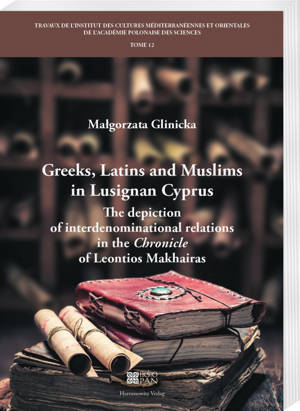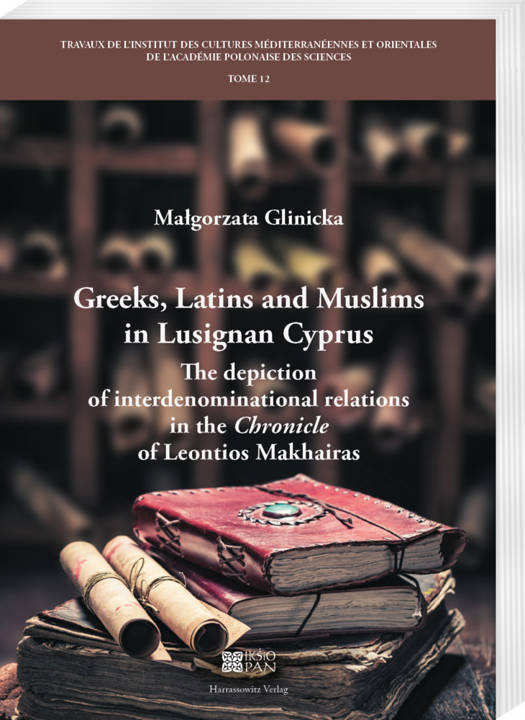
- Afhalen na 1 uur in een winkel met voorraad
- Gratis thuislevering in België vanaf € 30
- Ruim aanbod met 7 miljoen producten
- Afhalen na 1 uur in een winkel met voorraad
- Gratis thuislevering in België vanaf € 30
- Ruim aanbod met 7 miljoen producten
Zoeken
Greeks, Latins and Muslims in Lusignan Cyprus
The Depiction of Interdenominational Relations in the Chronicle of Leontios Makhairas
Malgorzata Glinicka
Paperback | Engels | Travaux de l'Institut des Cultures Méditerranéennes et Orientales de l'Académie Polonaise des Sciences | nr. 12
€ 223,95
+ 447 punten
Omschrijving
The aim of the monograph is to analyse and interpret the image of interdenominational relations in Cyprus under the Frankish Lusignan reign, i.e. between Greeks, Latins and Muslims, as depicted in the 15th-century Chronicle of Leontios Makhairas, 'Eξήγησιςτῆς γλυκείας χώρας Kύπρoυ ἡπoία λέγεται Kρόνακα τoυτἔστιν Xρoνικ (όν. The chronicler was a Romaios who pursued a career within the Frankish elite and was personally involved in affairs he described. He had an opportunity to observe directly the cohabitation of two communities in Lusignan-reigned Cyprus: the Greek-speaking indigenous population and the Frankish settlers. The Chronicle is examined from the perspective of history of literature, with a special focus on religious and political categories, and to a lesser extent, rhetorical-literary categories. Furthermore, the topic of interdenominational and interethnic relations is conceptualised. It is discussed why the Chronicle may be effectively investigated using selected concepts developed by colonial studies and the postcolonial school of interpretation. The following layers of contact are considered: relations between the Orthodox inhabitants of Cyprus and the Latin newcomers, the Templars, Hospitallers and Franks, as well as internal dynamics within the community of the Latins (mainly the Cypriot Franks, Genoese and Venetians), and various encounters between the Christians and the Muslims (the Turks and Egyptians). Written in the Cypriot dialect, the Chronicle has been explored as the autonomous literary image created by Makhairas for a specific purpose and for well-defined recipients.
Specificaties
Betrokkenen
- Auteur(s):
- Uitgeverij:
Inhoud
- Aantal bladzijden:
- 322
- Taal:
- Engels
- Reeks:
- Reeksnummer:
- nr. 12
Eigenschappen
- Productcode (EAN):
- 9783447118187
- Verschijningsdatum:
- 8/06/2022
- Uitvoering:
- Paperback
- Formaat:
- Trade paperback (VS)
- Afmetingen:
- 209 mm x 17 mm
- Gewicht:
- 12328 g

Alleen bij Standaard Boekhandel
+ 447 punten op je klantenkaart van Standaard Boekhandel
Beoordelingen
We publiceren alleen reviews die voldoen aan de voorwaarden voor reviews. Bekijk onze voorwaarden voor reviews.








